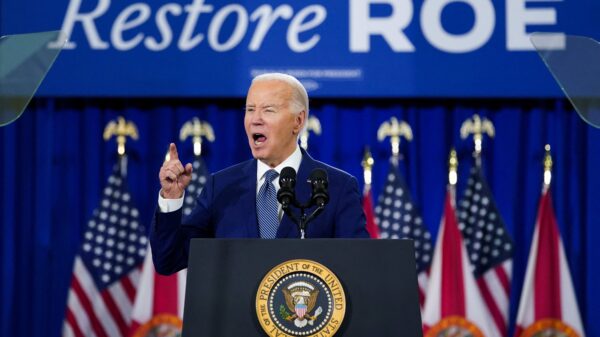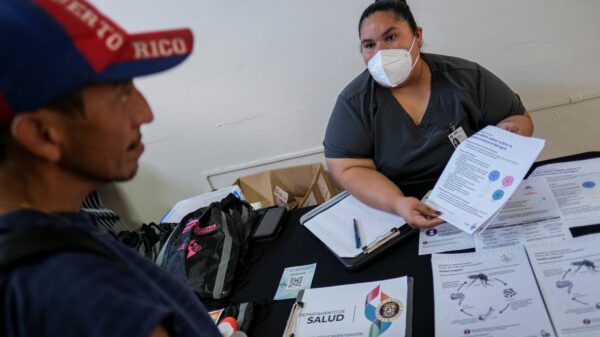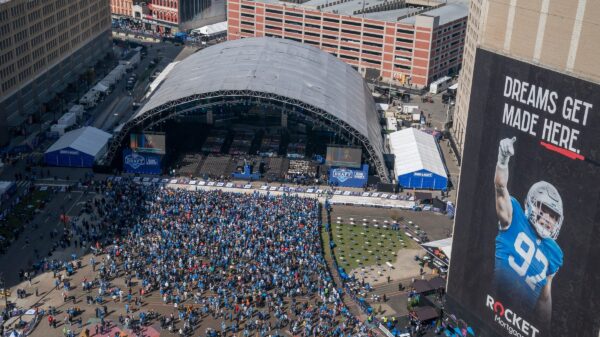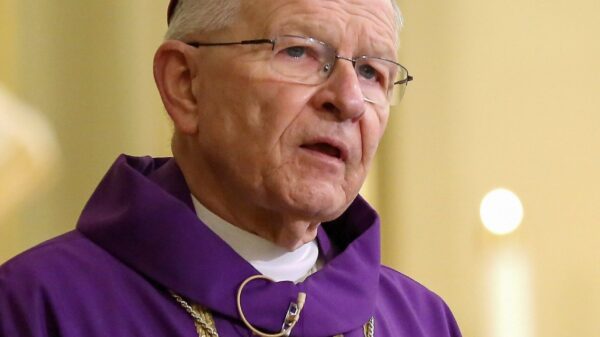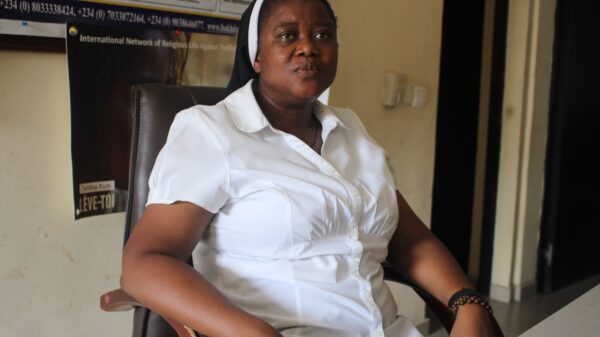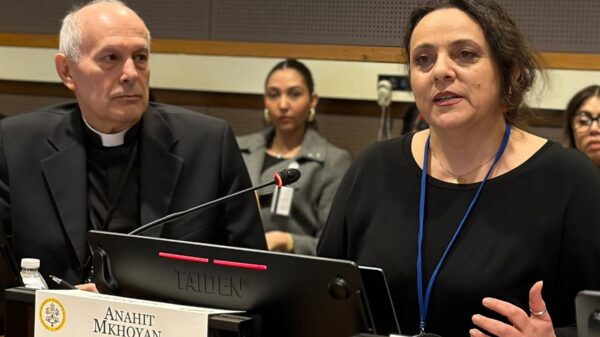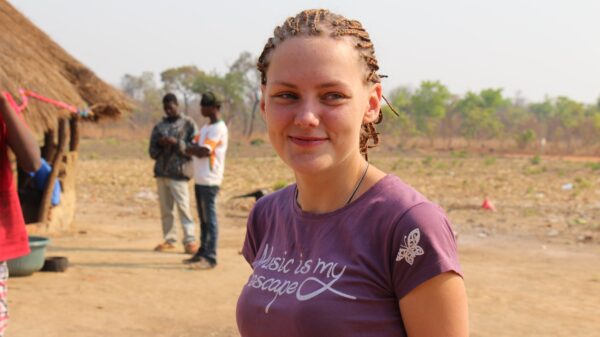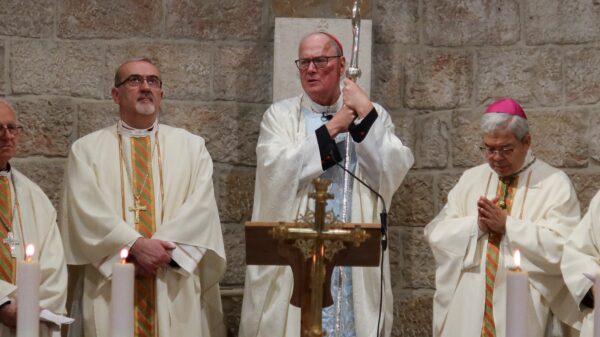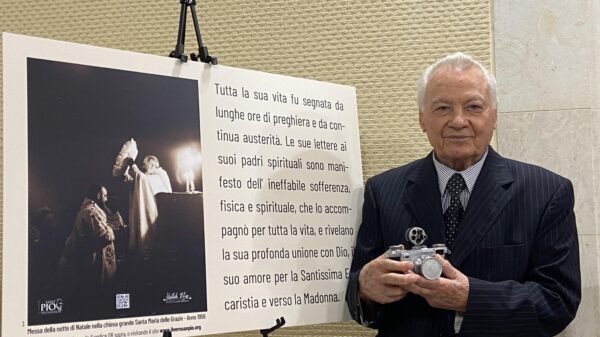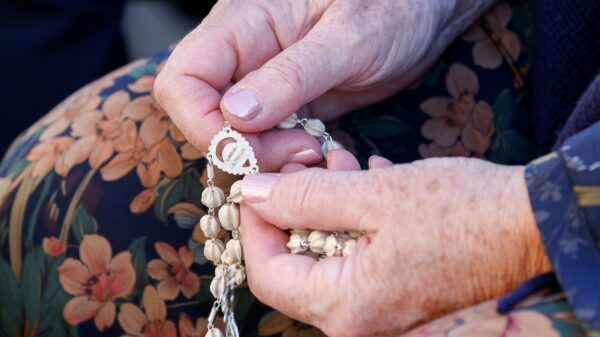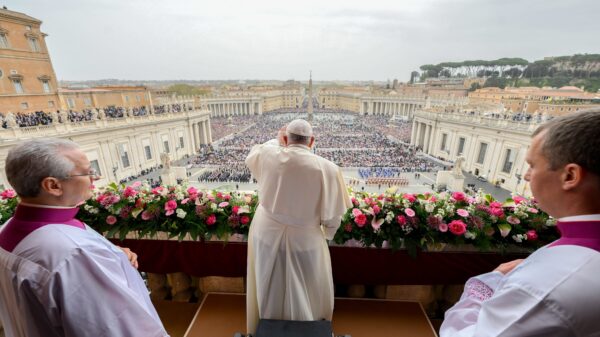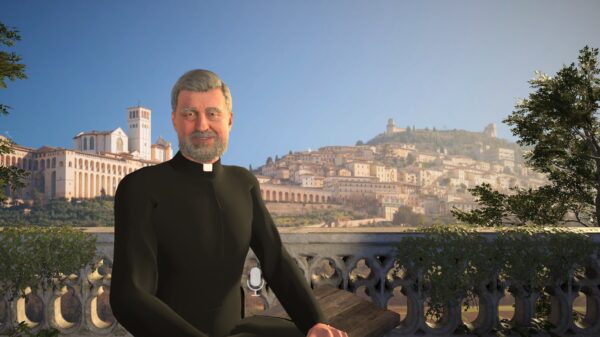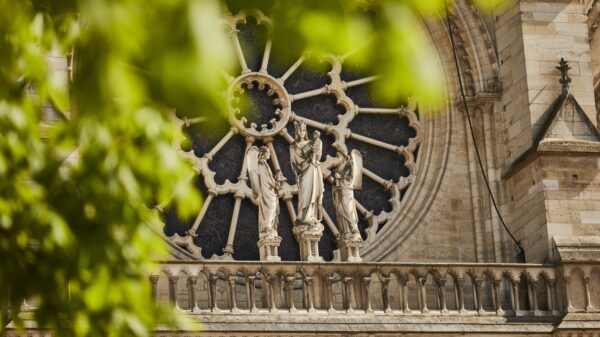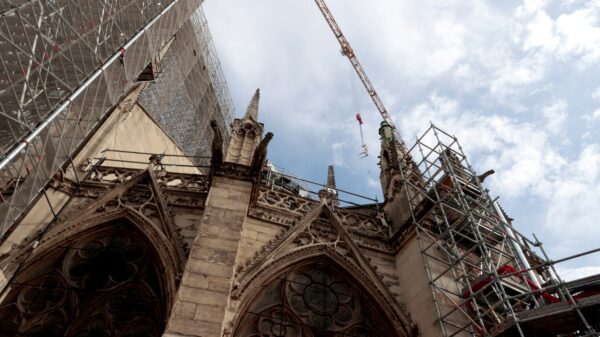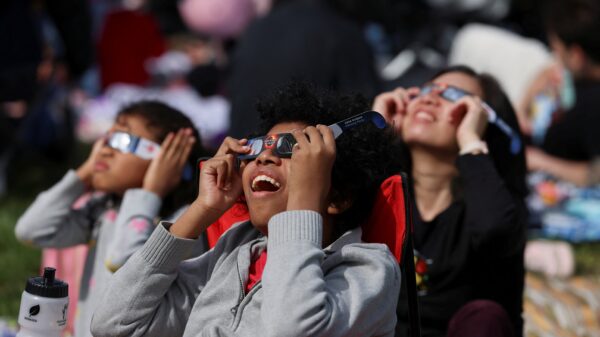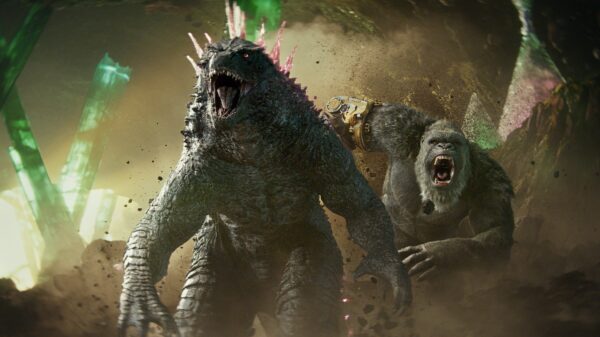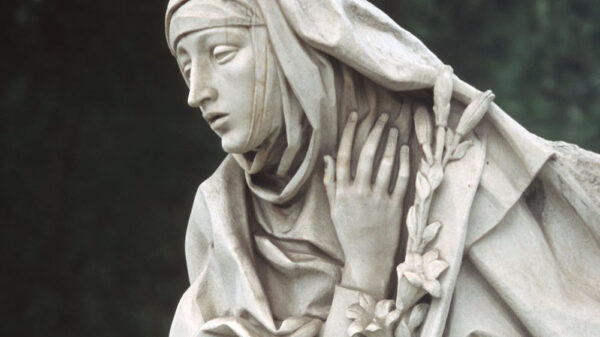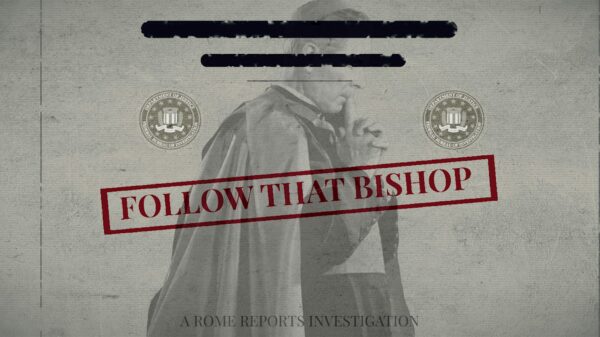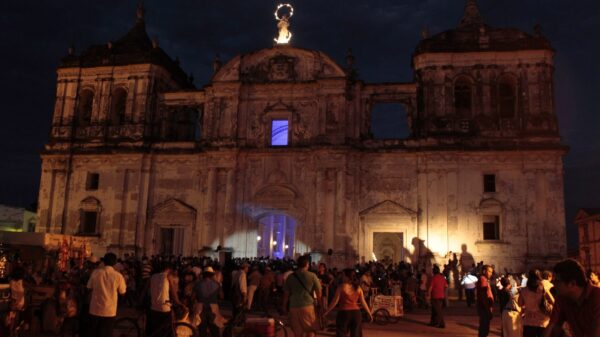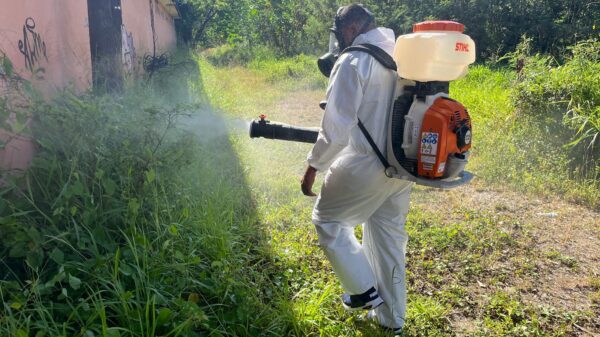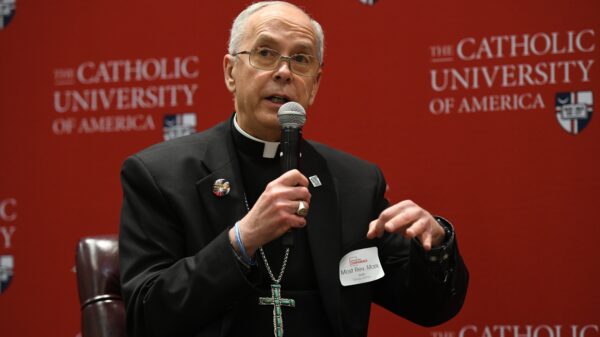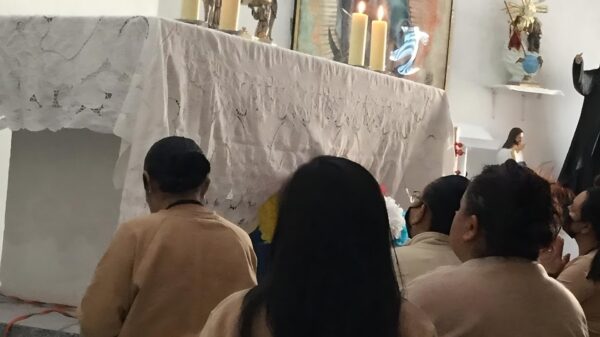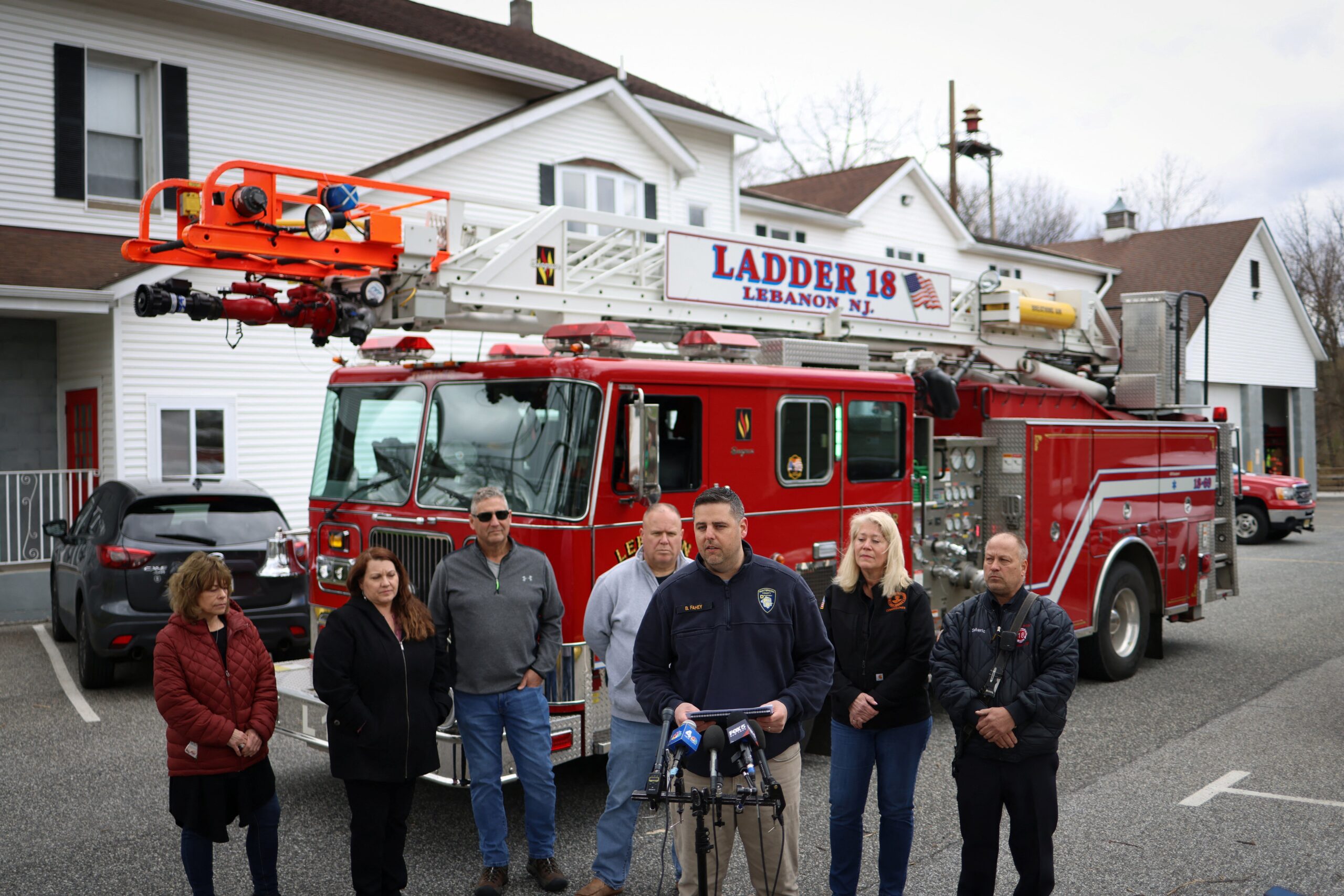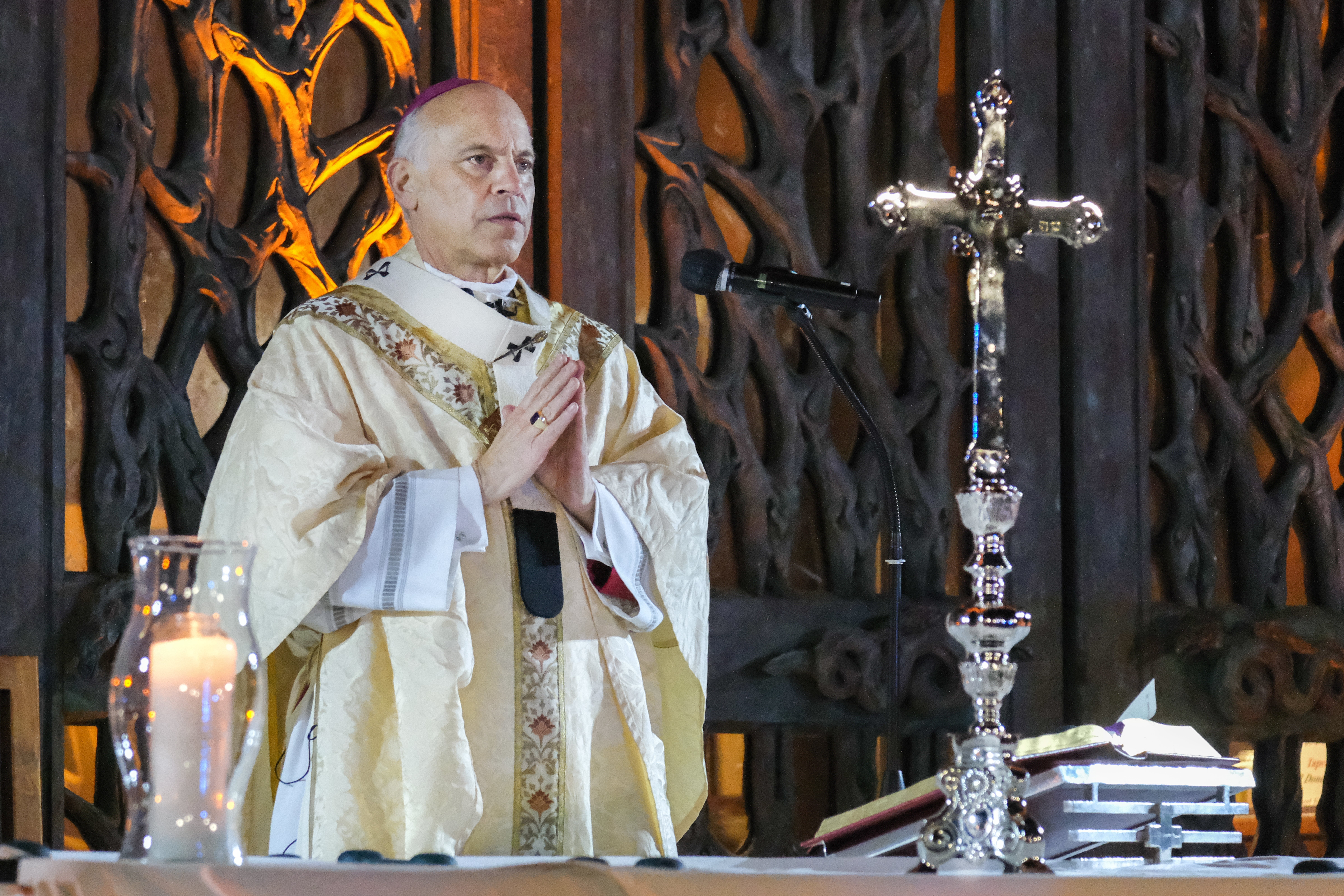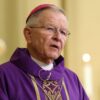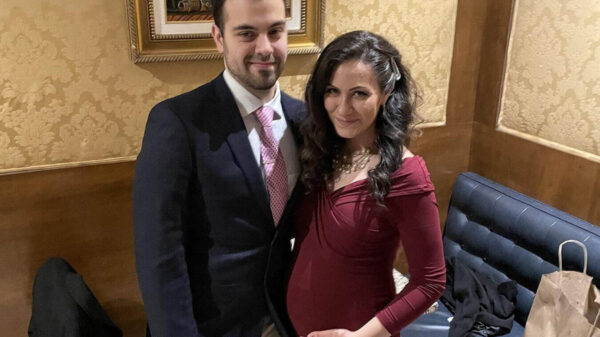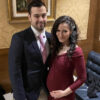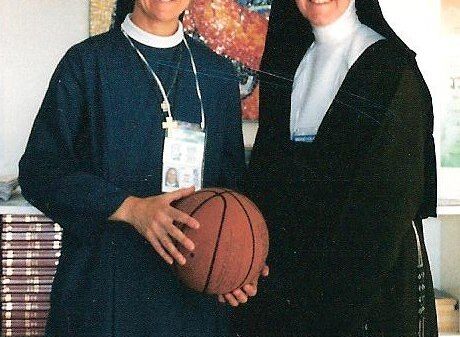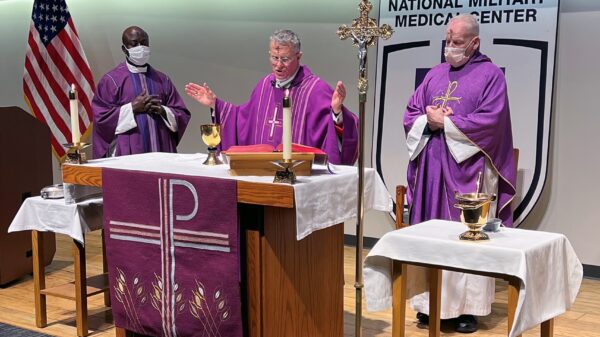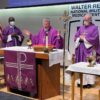(OSV News) — Dr. Usha Rao was in the midst of a lecture in her classroom at St. Joseph’s University in Philadelphia April 5 when “we felt the earthquake and my students and I all looked at each other.”
Rao, a professor of chemistry at the Jesuit university, said her students aren’t normally allowed to have phones on during her class but suddenly many started receiving calls from their parents and loved ones to make sure they were all right.
“Initially, I thought maybe it was just construction,” Rao told OSV News, before realizing it was an earthquake. She said she pivoted her lecture for an impromptu lesson on plate tectonics.
With its epicenter near Lebanon, New Jersey — a town about 45 miles west of New York City and 50 miles north of Philadelphia — the earthquake had a preliminary magnitude of 4.8, according to the U.S. Geological Survey. The earthquake could be felt in both of those metro areas and some surrounding states. But officials said there did not appear to be any significant damage. Just after 6 p.m., the USGS reported a 4.0 magnitude aftershock centered near Gladstone, New Jersey, and more aftershocks were expected.
“An earthquake of this magnitude is highly unlikely to be dangerous, especially where we’re located,” Rao told OSV News. “But it’s certainly exciting to feel. We live on a living, breathing planet, and we’re seeing the planet in action.”
In Washington, President Joe Biden told reporters at the White House that “with regard to the earthquake” earlier in the day, “I spoke to the governor who thinks everything’s under control,” referring to Gov. Phil Murphy, D-N.J. “He’s not too concerned about it. The governor of New Jersey. So, things are all right.”
The White House press office previously said Biden “has been briefed on the earthquake … and he is in touch with his team who are monitoring potential impacts. The White House is in touch with federal, state, and local officials as we learn more.”
Rao told OSV News that while “quakes of this magnitude are in fact fairly common on Earth,” and “we would not expect to find a dangerous earthquake” on the East Coast of the U.S.
“And this was not a dangerous earthquake,” she said, noting there is no risk of tsunami, structural damage or other consequences of higher magnitude events.
She added there is some chance of “at least one aftershock in the next week,” which might be possible to feel.
Catholic intellectual tradition played a role in leading to the study of earthquakes, Rao said, adding the Jesuits made important early contributions to the field of seismology.
The Seismological Society of America states on its website that a “series of circumstances and interests involved Jesuits in the development of this new science from its inception.”
“This interest, certainly, was consonant with the tradition of Jesuits in science dating from the 16th century, which developed, as has been mentioned, out of their work in colleges and universities,” the website states. “The character of seismology as a public service to mitigate the destructive effects of earthquakes was another influential factor. Especially in undeveloped countries, Jesuits were in many instances the first to install seismographic stations and to carry out seismicity and seismic risk studies.”
Rao said the Jesuits “were very prominent in setting up the field of seismology,” and although they have largely moved on to other pursuits in modern science, “the field of seismology owes a great debt to the Jesuits.”
The earthquake also prompted memes and reactions on social media, including from the account for the Empire State Building in New York City, which said in a post on X, formerly Twitter, “I AM FINE.”
Kate Scanlon is a national reporter for OSV News covering Washington. Follow her on X (formerly Twitter) @kgscanlon.


